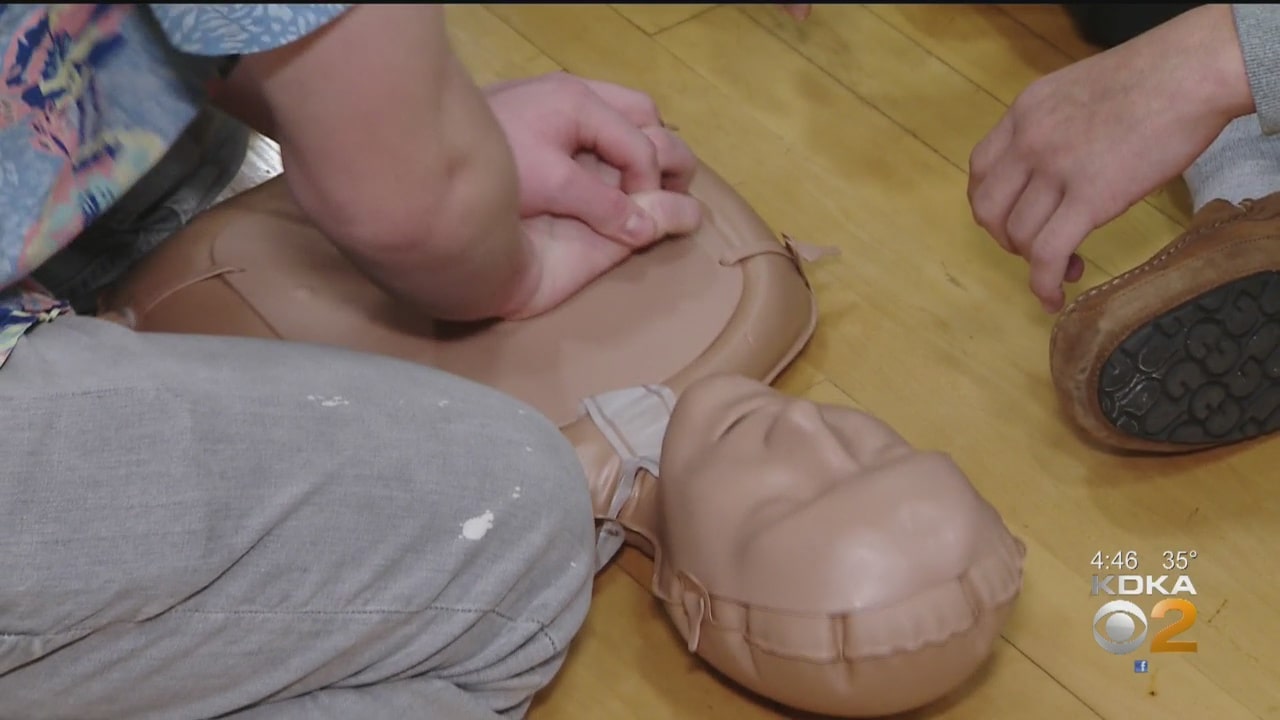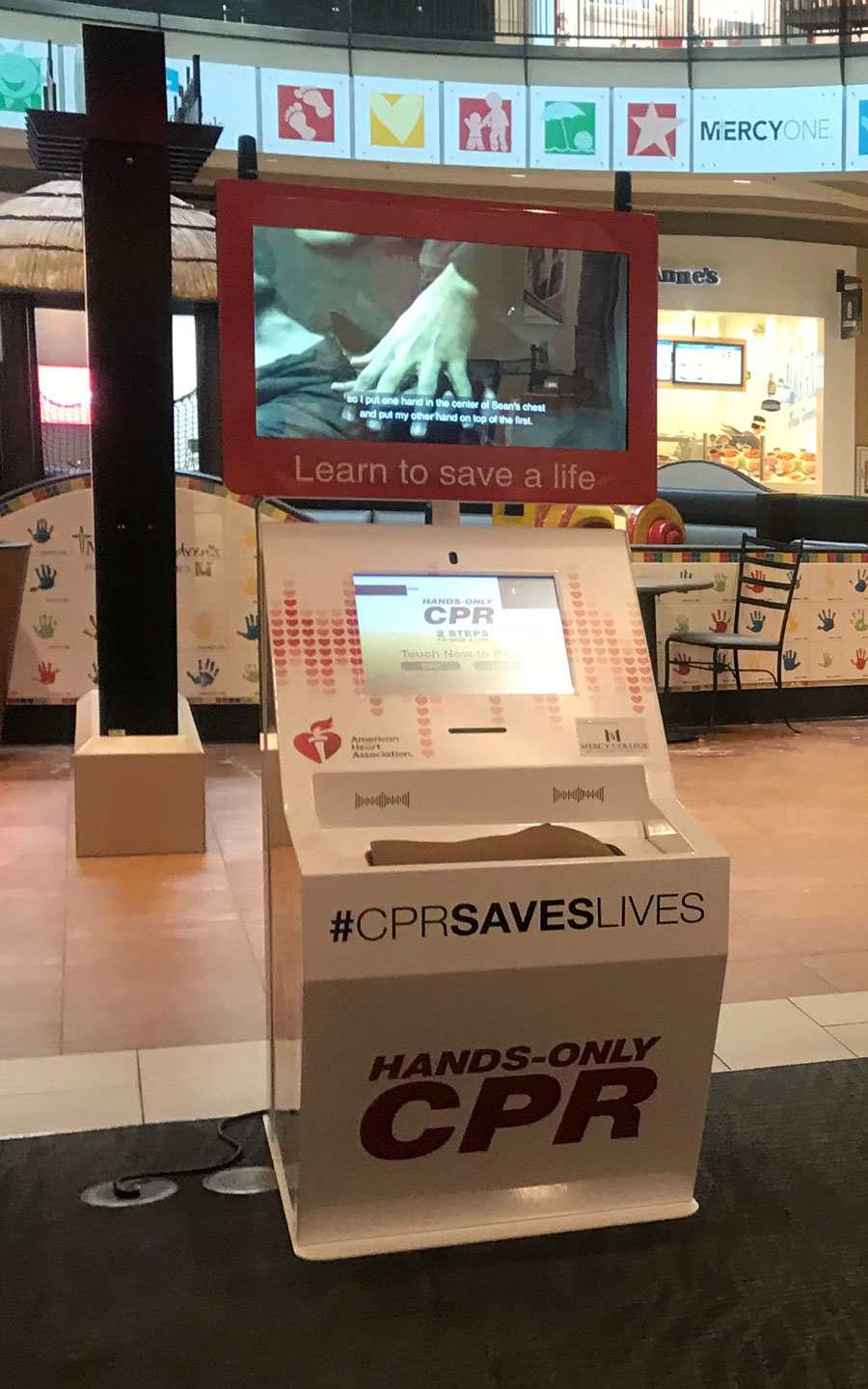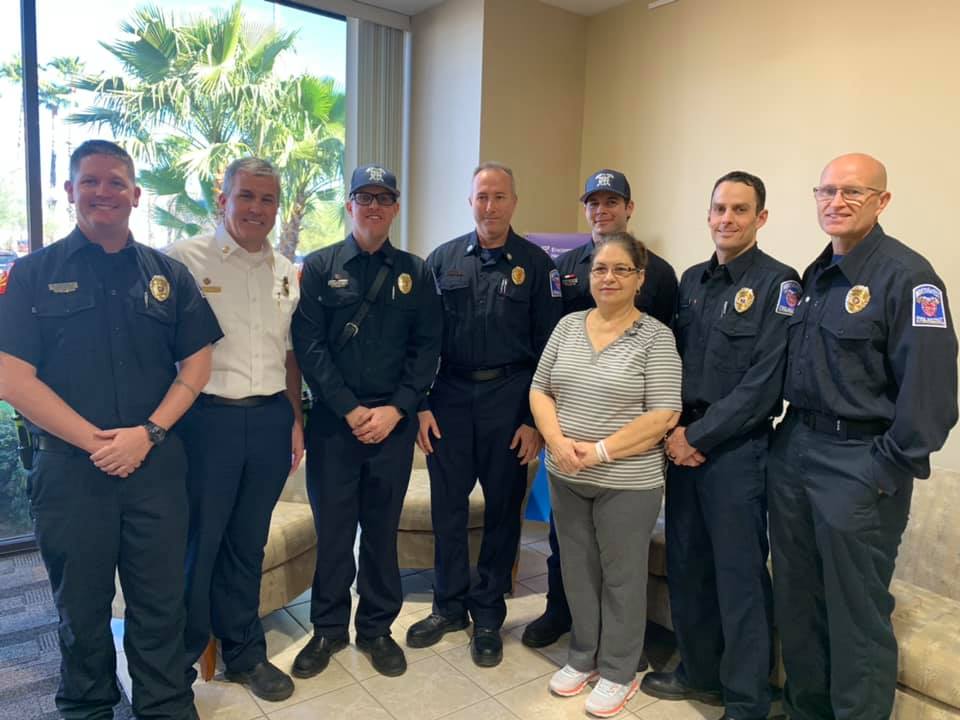February is heart month, and Pennsylvania passed a new law that requires that all students learn CPR before they graduate from high school.
They’ve already been doing this at Cornell High School in Coraopolis. That’s because five years ago, a student there collapsed in gym class. His heart just stopped.
Thankfully, two staff members knew CPR, and with their chest compressions and an AED, they were able to restart his heart before the paramedics arrived, and the boy survived.
When the current freshmen taking the CPR class hear this story, it hits home. Samani Allen said she was “kinda scared.” Lilly Brown said, “I heard it can happen anywhere, but that it can happen at a school kind of surprised me.”
According to the American Heart Association, about 326,000 people in the United States, including more than 6,000 children, experience unexpected cardiac arrest outside of a hospital every year. Sadly, 90 percent of them die.
Bruce Benda, Chairman of the Board for the Greater Pittsburgh American Heart Association, lived to tell how CPR saved his life, when his heart stopped at a golf outing.
“Two gentlemen, lay people, jumped into action and did CPR on me for 20 minutes. (They) kept me alive until the EMT’s arrived,” Benda said.
The survival rate for sudden cardiac arrest drops by 10 percent every second CPR is not performed. CPR trainer Deb Banks teaches the kids how to push at 100 beats a minute by singing the song “Stayin’ Alive”.
She helped save a man’s life by doing CPR on vacation in Puerto Rico, but four out of five cardiac arrests happen in the home.
Cornell School District Superintendent Dr. Aaron Thomas, said, “We have students that are home alone with younger siblings. We have students that are home alone with grandparents and obviously their parents.” Allen added, “It’s important to know because if you’re with a family member and just yourself, you could help them.”
Pennsylvania high schools are now required to teach kids CPR before they graduate. That’s thousands of people who will be trained every year.
“Many people will just kind of step back and say, ‘I don’t know what to do. I’m afraid to hurt the person. I’m not trained. I’m not certified,’” Bruce Benda said. The hope is that now, these kids won’t step back but will step up and help.
Freshman Dominick Schneider said, “I thought maybe I should learn because there are things in the world that can happen.”
The American Heart Association hopes that the kids will go home and teach their parents and grandparents as well, but they would love to train anyone who wants to learn.
They also encourage all businesses to get an AED.
News Source: https://pittsburgh.cbslocal.com/2020/02/12/pennsylvania-students-must-learn-cpr/



